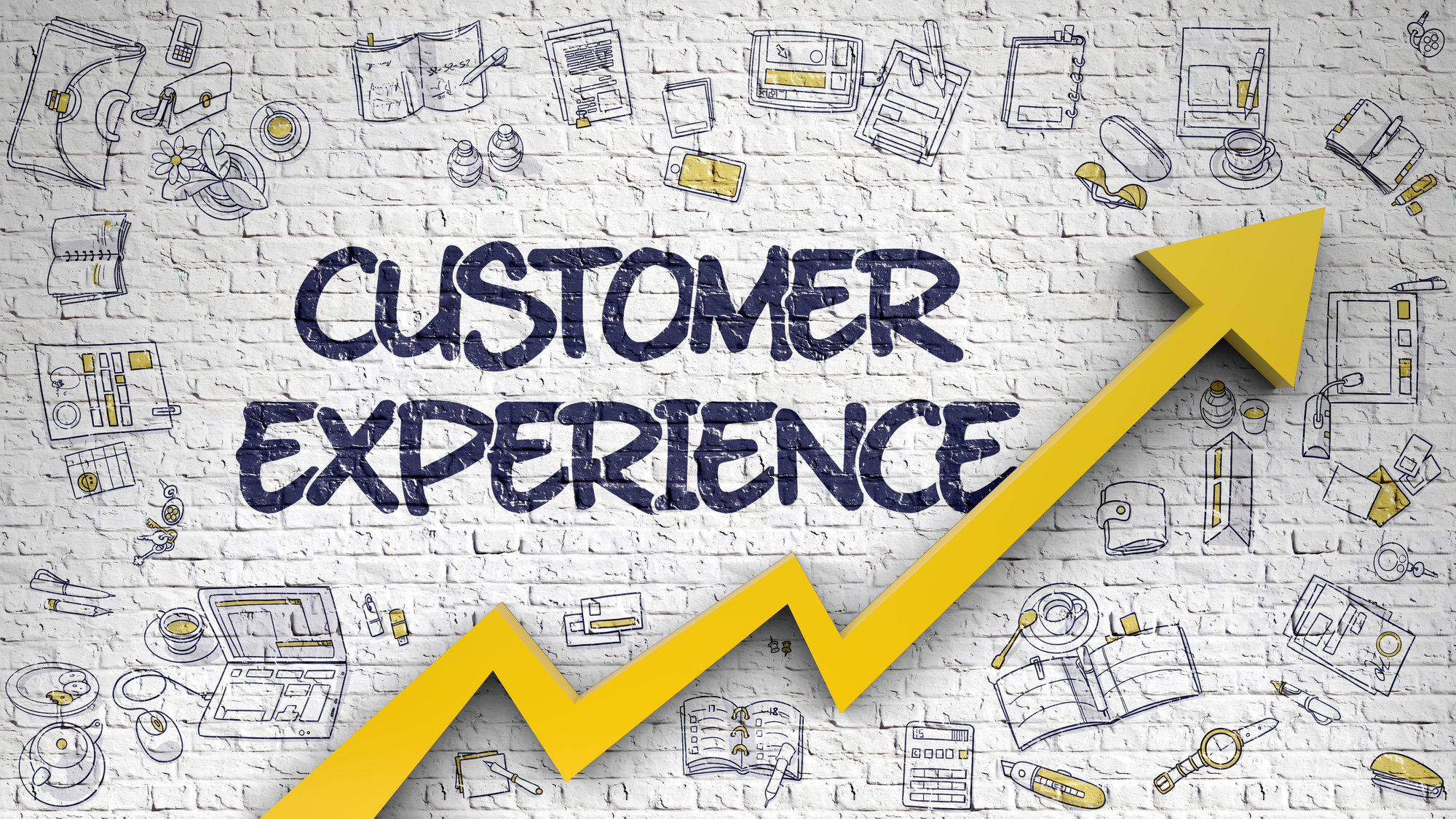
How to Create a Successful Customer Experience Strategy
Posts by Colin TanDecember 26, 2022
Are you looking to create a customer experience strategy for your business?
Building a customer experience (CX) strategy can help you reduce customer churn, increase customer retention, and improve customer engagement. It can also help you improve your crisis management and increase your brand equity.
But how do you create a customer experience strategy?
Check out this guide to learn everything you need to do to build a customer experience strategy that transforms your business.
What is Customer Experience Strategy?
Customer experience refers to the sum of every customer interaction with a business. They refer to the interactions that come pre- and post-sale, as well as during the sale.
The customer experience strategy lays out the actionable steps your business is going to take to build a meaningful experience with your customers across all platforms. Your CX strategy should take into account several important factors, including:
- Marketplace data
- Your mission and vision
- Consumer research
- Competitive insight
When defining your CX strategy, make sure to include all departments, not just the ones in customer-facing roles.
How to Build a Customer Experience Strategy
Now that you know what a customer experience strategy is, let’s talk about the steps you can take to build your strategy. Here’s what you need to do:
1. Look at What You’re Currently Doing
Before you decide how to change your customer experience strategy, you need to look at what you already have in place. Even if you don’t have a defined strategy, you likely have some practices in place across the board for interacting with your customers.
Here are some people you should talk to learn about your current practices:
- Customer service representatives
- Chief Marketing Officer
- Chief Information Officer
- Chief Financial Officer
- VP of Sales
- Chief Executive Officer
Individuals in these roles can help you develop a CX strategy that aligns with your business objectives.
2. Research Your Current Customer Base
In addition to looking into your current customer service practices, you also need to look into your current customer base. To learn about your current customer base, you first want to perform a situational analysis using quantitative and qualitative research.
This research should include user studies, web analytics data, stakeholder interviews, employee interviews, and more. Gathering this info will allow you to gain insights that will inform the development of your strategy.
Conducting this research will also help you identify how your customers interact with your business.
3. Analyze Your Business Mission
Once you’ve researched your current customer base, you need to analyze your business mission to ensure that it aligns with your CX strategy.
First, take a look at your business objectives, and ask yourself:
- Is our current objective to win over new customers, or is it to increase the revenue from existing customers?
- Are we bringing in new products and services to new markets, or are we sticking with current ones?
You also need to look into your brand mission/promises. Your customer experience strategy should deliver on the brand promises you make. Review recent branding campaigns to ensure they align with your CX strategy.
Once you’ve gathered a 360-degree view of your business, the next step is to make sure your business processes align with your CX goals. Here are some questions you should ask:
- What gaps exist between customer expectations and their current experience?
- How well do our internal processes support the customer journey?
- What assets can we use to enhance the customer experience?
- What processes, people, or new technology is required to accomplish our new CX strategy objectives?
Once you answer these questions, you’ll be able to create a clear picture of what you need to do to deliver meaningful customer experiences.
4. Deliver Personalized and Timely Communication
The most important part of customer experience is communication, especially in today’s marketing climate. Nowadays, customers have more channels than ever before for voicing their opinions and concerns. Customers can communicate with your brand through:
- Social media
- Review sites and platforms
- Blog comment sections
All of these communication channels serve as a double-edge sword. The comments people write on these platforms can make or break your business.
For this reason, it’s important that you respond to reviews, inquiries, and shoutouts in a timely manner, especially on social media, as this is the platform with the most reach.
If you get a bad review, reach out directly to affected customers to find out what’s wrong, and try to take the conversation to private message. Shoutouts and positive reviews should be acknowledged as well.
5. Routinely Collect Feedback
The most important thing to understand about your customer experience strategy is that it’s not stagnant. To continuely evolve your customer service strategy, make sure you’re collecting feedback on a routine basis.
Your customers’ needs change over time, so you always need up to date information regarding how your customers are feeling.
6. Measure Your CX Strategy
Once you have a CX strategy in place, you need to find ways to measure it. Otherwise, you’ll have no way of knowing what’s working and what isn’t.
You can measure your CX strategy using key performance indicators (KPIs). The KPIs should be perceptive, descriptive, and outcome-based to give you a complete picture of how your CX strategy is working. You can check out Decibel to learn more about tracking your CX strategy.
Time to Develop Your Customer Experience Strategy
Now that you’ve read this guide, it’s time for you to develop your customer experience strategy. With the right customer experience strategy, your business can grow in multiple ways.
Check back in with our blog for more ideas on how to improve your customer experience!
